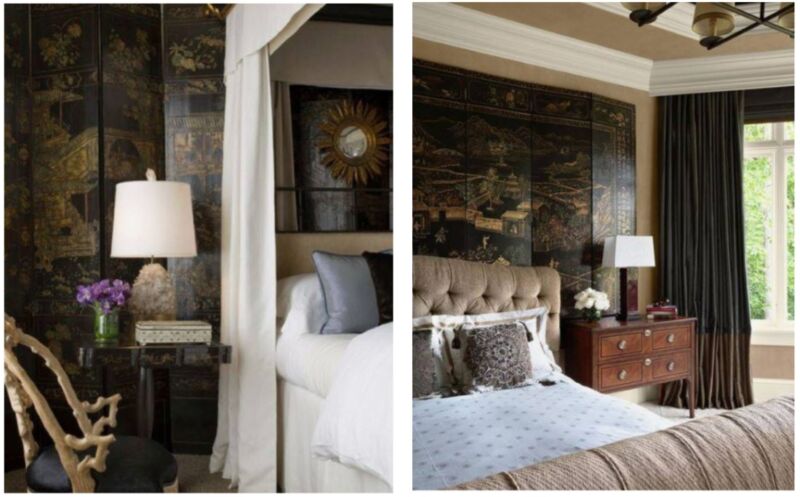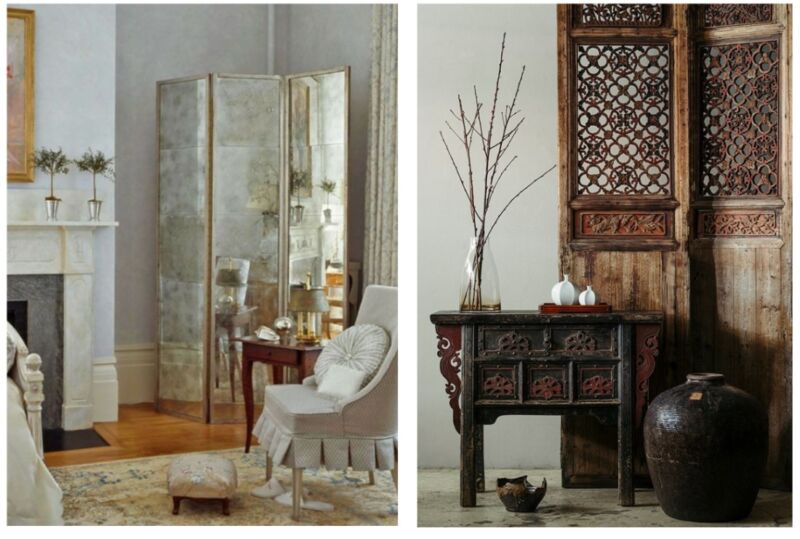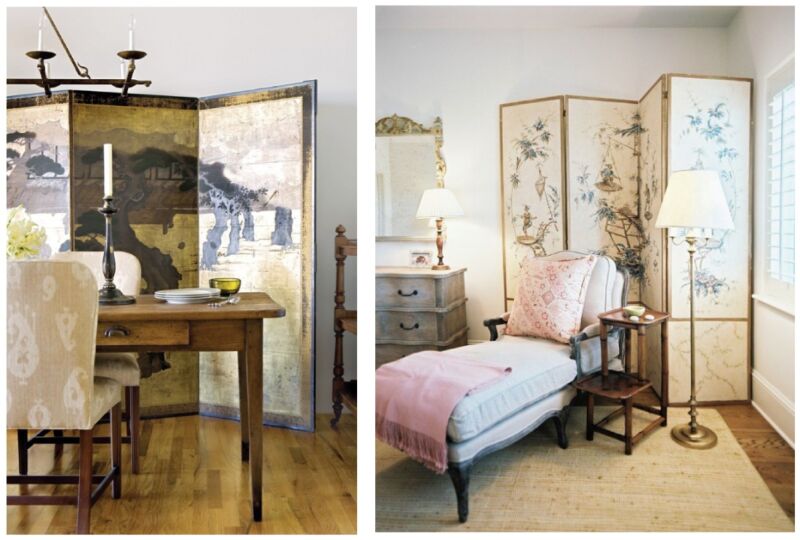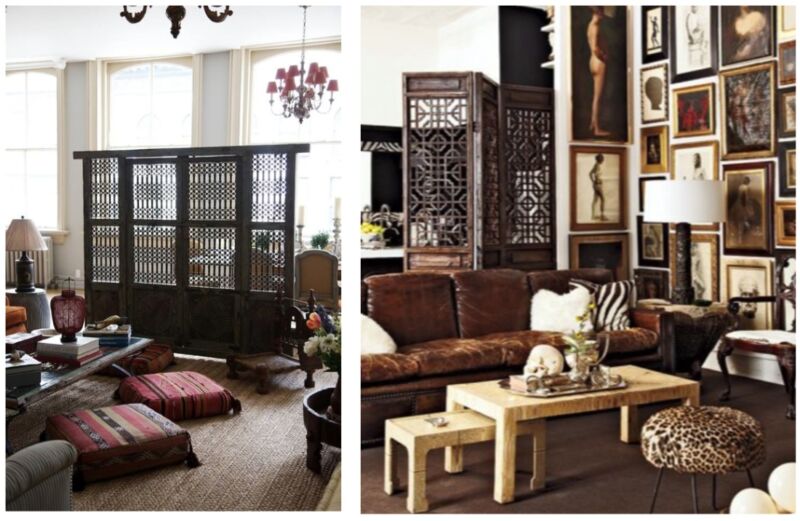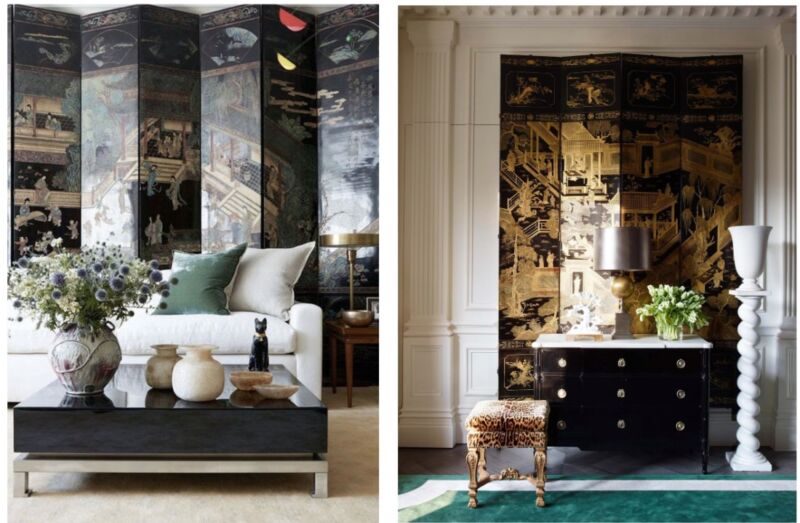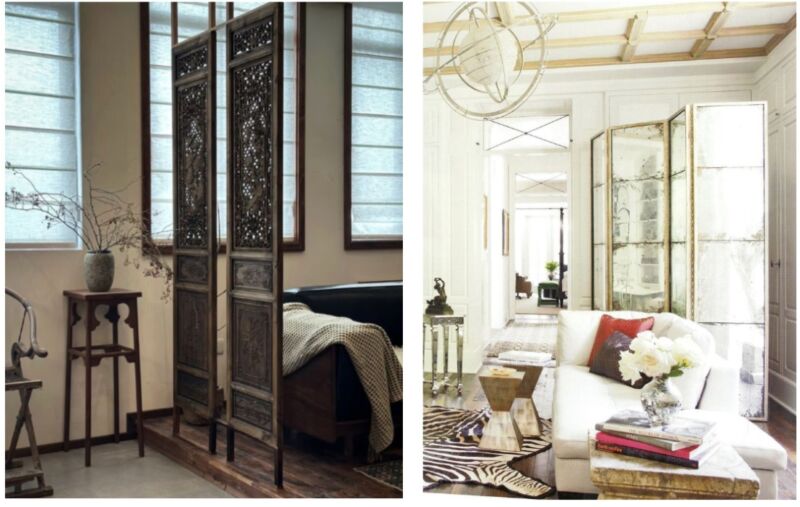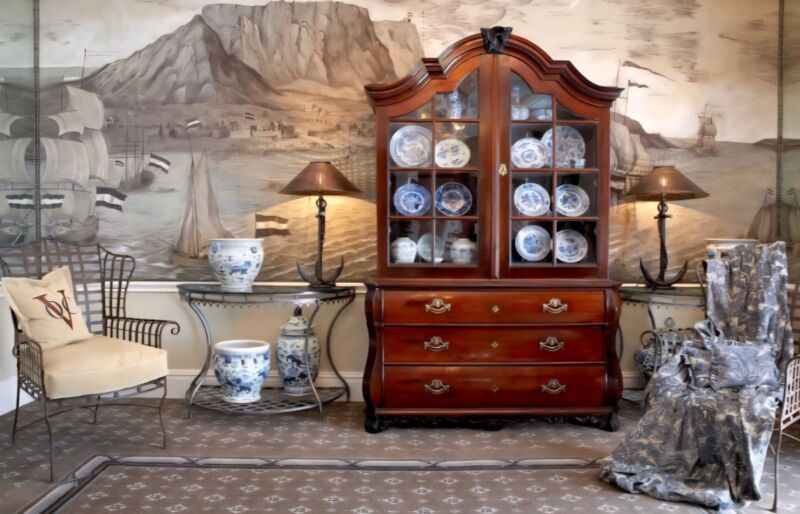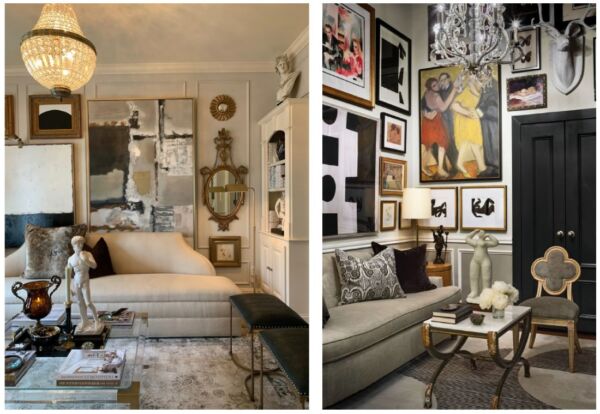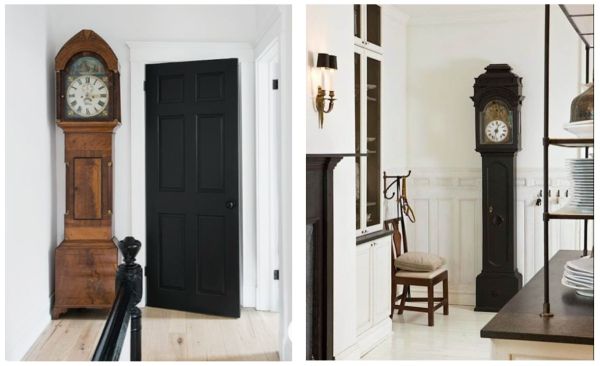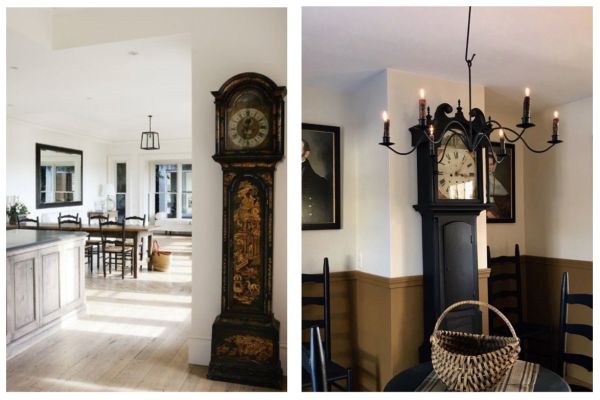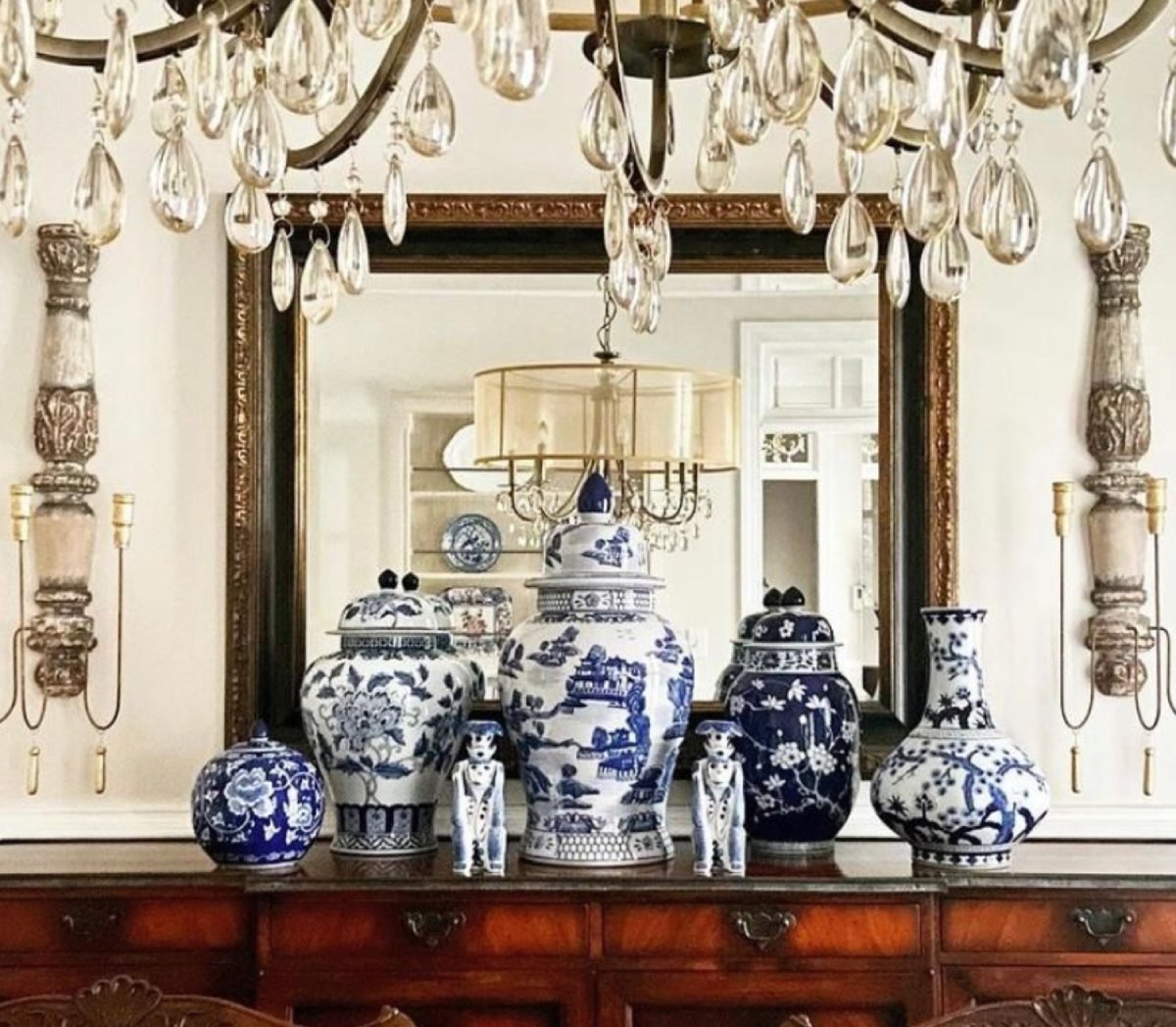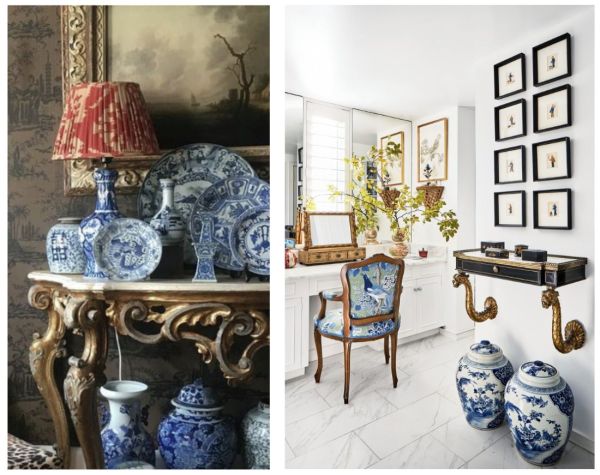The ‘brown furniture’ trend | The future of sustainable interior design
There’s something quietly revolutionary happening in the world of interior design. After years of cool-toned minimalism, whitewashed palettes, and factory-made furniture, brown furniture — the rich, character-filled wood pieces that once graced our grandparents’ homes — is making a powerful comeback. But this revival isn’t just about nostalgia. It’s a celebration of authenticity, craftsmanship, and sustainability.
But what exactly is ‘brown furniture’ — and is it the same as antiques?
Brown furniture explained
The term often brings antique pieces to mind, and while there is some overlap, the two aren’t identical.
‘Brown furniture’ refers mainly to the look and material — traditional wood furniture made from warm-toned woods such as mahogany, oak, teak, walnut, or cherry. These pieces can be true antiques, mid-century or vintage items, and even newly-crafted pieces, as long as they showcase that rich, classic, solid-wood aesthetic in contrast to today’s lighter, painted, or minimalist furniture.
On the other hand, antiques are defined by age and history — generally, anything over 100 years old. They often carry distinctive craftsmanship, period detailing, and historical value.
So, while many antiques are indeed ‘brown furniture,’ not all brown furniture qualifies as an antique.
For example:
- A Victorian mahogany chest (1800s) → brown furniture and antique
- A 1950s walnut credenza → brown furniture, vintage, not antique
- A modern oak dining table inspired by Georgian design → brown furniture, modern
Designers and collectors today prefer using the term ‘brown furniture’ because it feels more contemporary, approachable, and inclusive. It highlights the warmth, texture, and craftsmanship of wood furniture — without the old-fashioned connotations that sometimes accompany the word “antique.
In essence, ‘brown furniture’ is the new language of old-world craftsmanship — reframed for 21st-century homes.

The new ‘brown furniture’ revival
Once dismissed as old-fashioned, brown furniture is being redefined as timelessly chic. Designers, collectors, and homeowners are rediscovering its enduring beauty and giving it a fresh context in modern spaces.
“There has been a noticeable return to ‘old school’….or even ‘grandmillenial’. Plus, wood furniture has a place in just about every room.” -Meg Graff, Designer
Modern homeowners are craving pieces with soul; pieces that speak for themselves. And that’s exactly what this furniture genre delivers. Each antique, retro or vintage item carries history, warmth, and individuality. The patina on an 18th-century oak lowboy or the gentle wear on a mid-century walnut cabinet tells a story that flat-packed or mass-produced furniture never could.
Designers and collectors now use ‘brown furniture’ to describe any well-crafted, timeless wooden piece — whether it’s antique or not — as a way to highlight:
- Warmth and texture in interiors
- Sustainable, long-lasting quality
- Mix-and-match versatility with modern décor
The rise in its popularity
There’s also a pragmatic reason behind this furniture trend — it’s available.
No long lead times. No supply chain delays. No compromise on quality.
These classic pieces are ready to be loved again — and they’re built to last. The craftsmanship is unmatched, often handcrafted from solid mahogany, walnut, or oak, using joinery techniques that have stood the test of time.
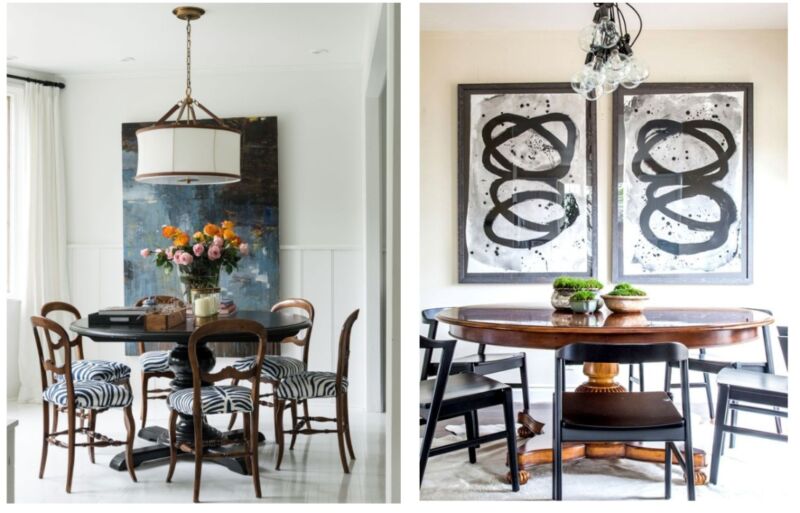
Beyond beauty, there’s sustainability. Choosing antique or vintage furniture is one of the most eco-friendly decor decisions you can make. These pieces already exist, so there’s no additional environmental cost. And because they’re built from durable hardwoods, they can last for centuries — not just a few seasons. In an era where sustainability is key, brown furniture isn’t just stylish — it’s responsible.
How to style ‘brown furniture’ in contemporary homes
Modern interior designers are proving that brown furniture can feel fresh, not fussy, adding gravitas to any modern space.
Pairing a modern abstract painting over an antique secretaire chest of drawers, console, or sideboard is striking.
The contrast between sleek contemporary art and a richly toned wood surface creates instant sophistication — a look that feels grounded, curated, and timeless.
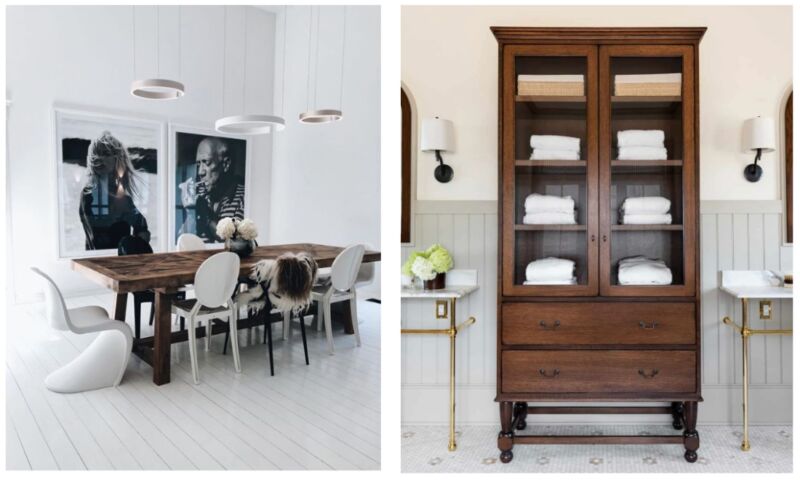
Even mid-century modern furniture is seeing renewed demand. Large teak or rosewood sideboards from the 1960s and 1970s fit perfectly beneath today’s oversized TVs. They provide a central focal point in a room, adding balance, thoughtful layering, and warmth to open-plan spaces.
More than a trend | A return to meaningful living
The rise of brown furniture signals more than a design shift — it’s a movement toward intentional living.
Homeowners are shifting away from disposable décor and opting for pieces that tell a story, reflect craftsmanship, and stand the test of time.
As our Crown Collection founder explains, “People want spaces that feel lived in, not staged. Brown furniture brings that feeling effortlessly. It’s not just décor — it’s character.”
And with The Crown Collection’s global shipping service, you can bring that warmth, craftsmanship, and history home — wherever you are in the world.



